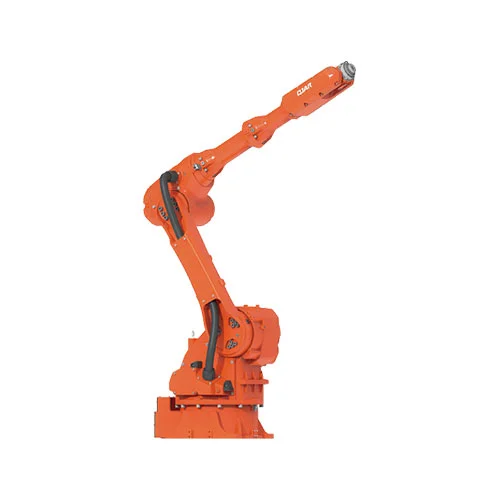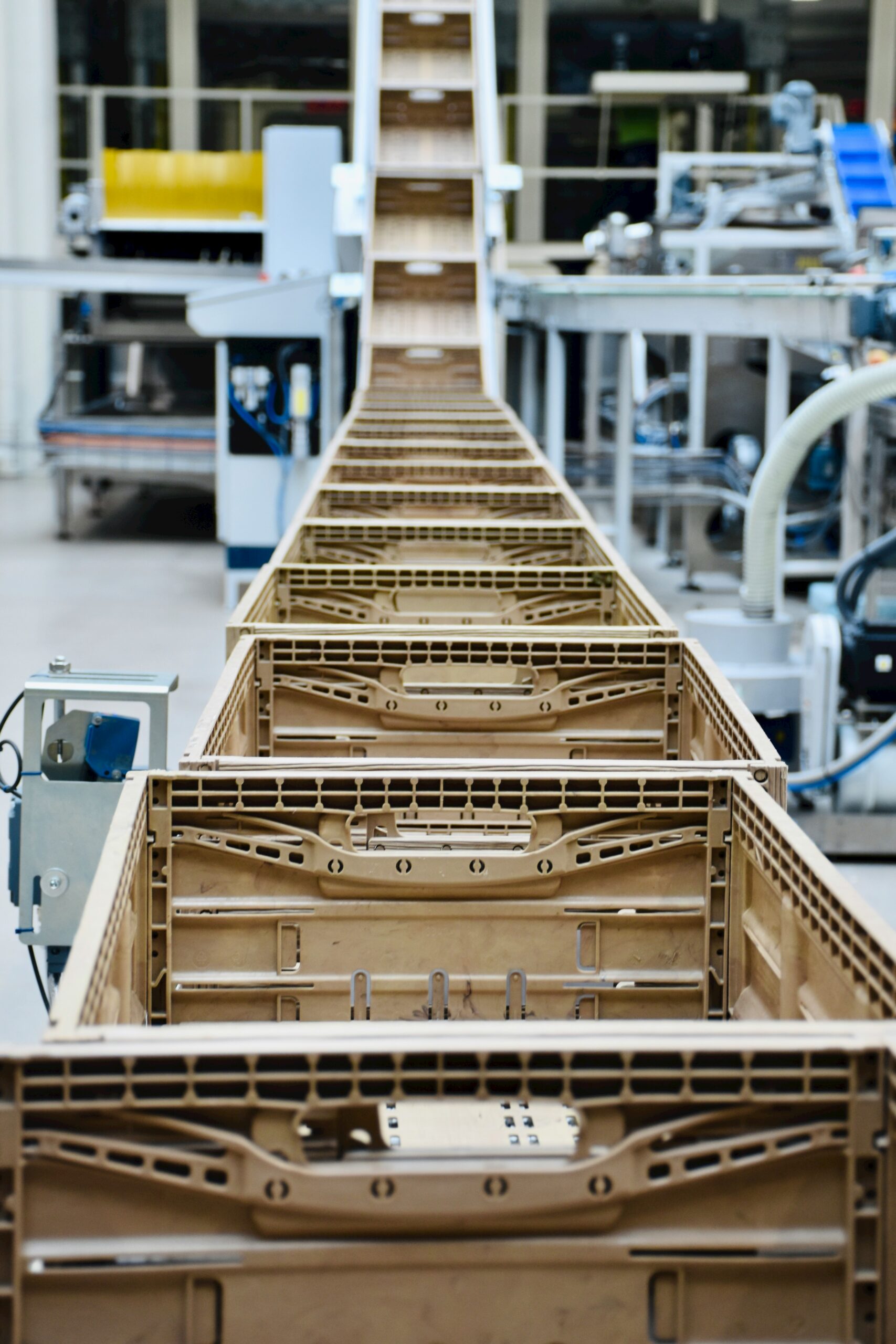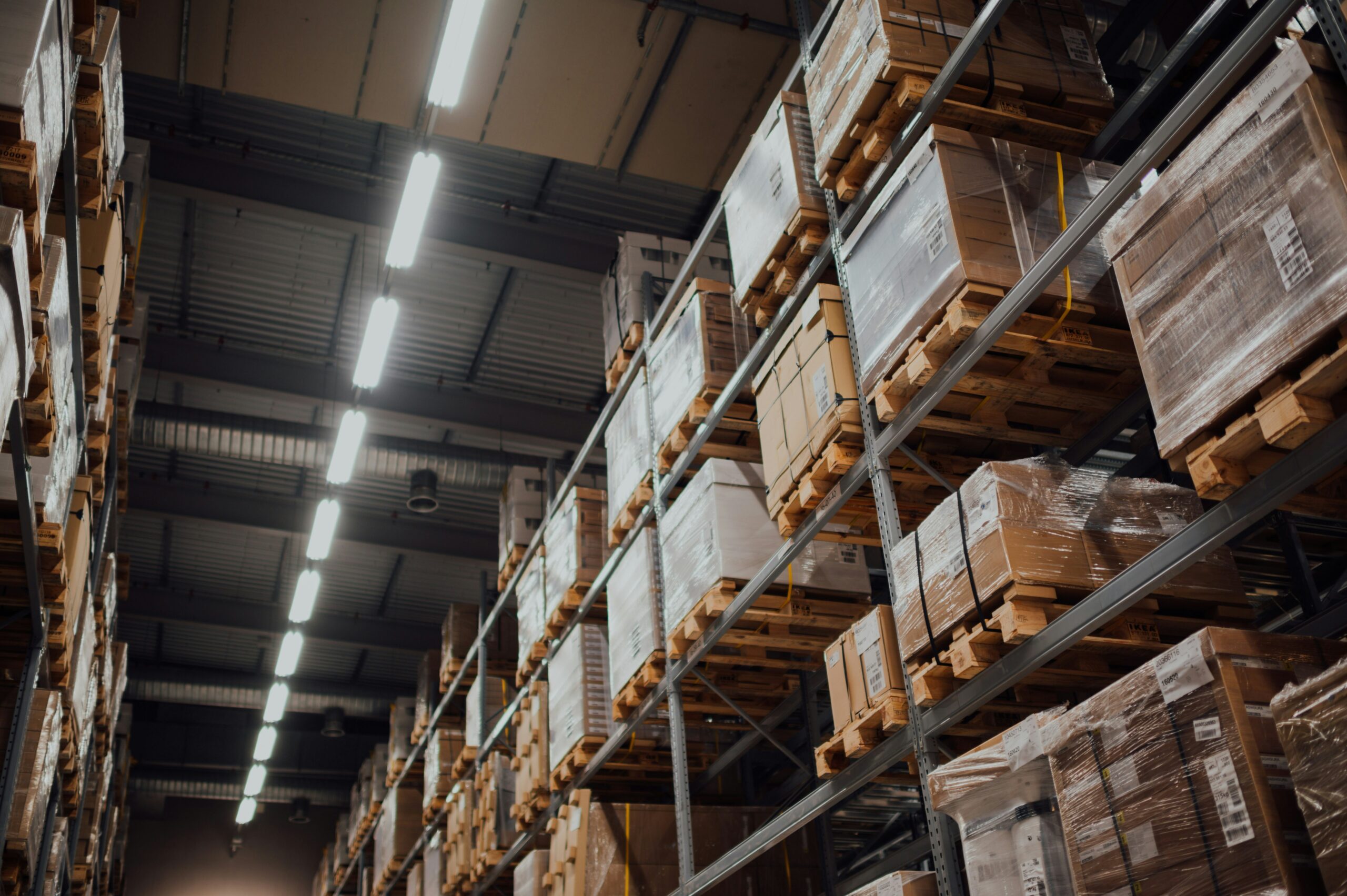Introduction
The logistics sector is expanding, and with it is the use of automation technologies to increase the accuracy and productivity of warehouse operations. The idea of “smart logistics,” which combines cutting-edge tools like robotics, artificial intelligence (AI), and the Internet of Things (IoT), is a fundamental component of contemporary warehousing techniques. Pick and place robots are leading this advancement due to their precision and speed while handling things in motion. Beyond other models in its category, the QJR10-2000 robotic arm is notable for its exceptional 2001mm reach and 10kg payload capacity. One excellent illustration of how automation is transforming logistics is this robot. It may be used for many different things, including loading and unloading, welding, and painting.
Comprehending Pick and Place Robots
Pick and Place Robots: What Are They?
Objects can be automatically picked up and moved by robotic devices known as pick and place robots. The automation of labor-intensive and repetitive tasks by these robots enhances operations, making them indispensable to smart logistics. The rapidity, high accuracy, and continuous work capability of pick and place robots make them highly advantageous as they reduce human error and guarantee continuous output.

Technical Details and Requirements
The QJR10-2000 is distinguished by its technological capabilities, which are designed for a variety of logistics-related applications. With a payload capacity of 10 kg and a maximum armspan of 2001 mm, it can handle a wide variety of items. Its repeat positioning precision of ±0.05mm makes handling accurate, which is important in tasks like sorting and assembly where placement accuracy is essential. Furthermore, the robot is among the quickest in its class with a maximum speed of 602º/s, which is very useful in high-volume logistical settings.
Place and Select Robots in Intelligent Logistics
Increasing The Effectiveness of Operations
A major development in smart logistics is the use of pick and place robots into warehouse operations. These robots are doing more than just taking the place of human labor; by integrating real-time data tracking and analytical analytics, they are improving the management of logistical operations. Pick and place robots, for instance, may be integrated with warehouse management systems to optimize the flow of items from inventory control to order fulfillment, lowering cycle times and boosting throughput overall.

Uses in Diverse Industries
Because of its versatility, pick and place robots are used in many different areas of logistics. These robots handle the quick sorting and delivery of orders in e-commerce, and they speed up the packaging and palletizing of items in retail. Furthermore, pick and place robots in manufacturing logistics manage the meticulous assembling of items and the loading of finished goods, demonstrating their versatility and capacity to improve efficiency in all areas of operation.
Examples from the Real World and Case Studies
Analysis of Case Studies
The influence of pick and place robots on smart logistics is further demonstrated by their practical uses. For instance, the QJR10-2000 robotic arm was used to handle order fulfillment in a warehouse for e-commerce that experiences significant demand. With the help of this connection, the facility was able to process orders at a larger volume with more precision, saving 30% on processing time and 95% on human error. These figures show the effectiveness of these robots as well as how they improve the responsiveness and resilience of logistical operations.

Comparative Advantages
There are a lot of benefits to automation when warehouses using pick and place robots are compared to those using traditional manual operations. These robots usually increase order handling accuracy, speed, and worker safety at facilities that use them. Long-term advantages also include cheaper operating costs and higher scalability since robots may be easily trained to perform new activities as company requirements change.
Conclusion
Pick and place robots have shown themselves to be essential components in the development of smart logistics, offering the resources required to fulfill the ever-increasing demands of contemporary storage. It is expected that as logistics operations become more integrated, these robots will have a growing impact and drive further breakthroughs in warehouse operations and management. Future warehousing promises to be more efficient with the aid of these state-of-the-art robotic technologies, creating a new standard for product handling and delivery.
Adopting pick and place robots is a strategic decision that may result in significant gains in operational efficiency and cost reduction for logistics professionals wanting to stay competitive in a continually expanding sector. Consider getting in touch with automation specialists to learn more about how these robots might be incorporated into your business operations. They can offer customized solutions that are in line with your unique requirements and obstacles.
